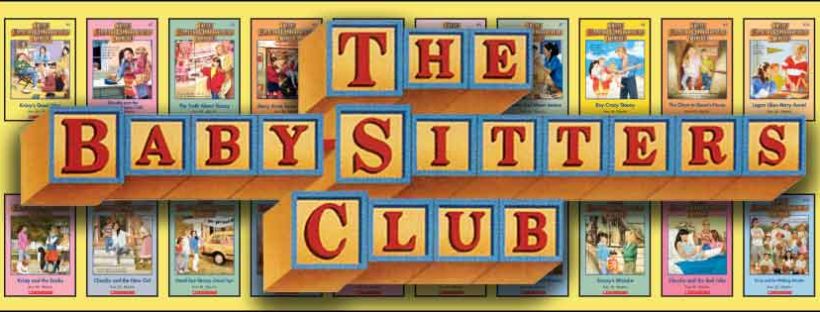Back in the day, I was addicted to the Baby-Sitter’s Club books by Ann M. Martin. I’m not quite sure why because I was never all that fond of being a baby-sitter. I don’t know if it was the hijinks they were able to get up to or the fact that it was a novel whose main characters were all girls or even something as simple as Claudia’s grandmother, Mimi, reminded me of my own Baachan. Whatever the reason, I would devour these books. Any copies that I might have had of the books have long since fallen apart, but thankfully they have been rereleasing them on Kindle.
Once I found out that, the temptation was too much to resist. How well had these books held up? Would I still like them when reading them as an adult? I had to know the answer.
As always, please note that some of the links below are affiliate links. If you’re interested in buying the books, please consider clicking on them! They help keep the lights on.
The first book in the Baby-Sitter’s Club series is Kristy’s Great Idea. The entire premise of the book is them coming together as a group of friends and being able to make business boom was appealing to me. Baby-sitting was fine in my mind so long as it was theoretical.
The book focuses on Kristy Thomas and her friends: Mary Anne Spier, Claudia Kishi, and Stacey McGill. They all baby-sit for the kids around the fictional town of Stoneybrook and Kristy has the idea that if they come together as a club, there will be more coverage for the parents who need to have their kids watched. It’s a brilliant idea and seems to work well even if it does end up with them dog sitting at some points and getting into various little messes.
One of the first things I realized I hadn’t remembered correctly when I started rereading was the age of the girls. They’re all preteens where I remembered them being somewhere around the fifteen to sixteen age demographic. While this might seem strange to the parents who are raising kids today, it wasn’t unheard of when I was younger. The original Baby-Sitter’s Club books were published in 1986 and in the late nineties when I started baby-sitting, I was allowed to watch children even though I was only 11 or 12. In the end, it was about the trust that the parents had in you and your ability to seem like you were more in control of things than you actually were which mattered.
The second thing that was strange to me was the rates that they were charging, but those rates along with the technological problems could be waved away with the changing of the times. Yes, the meetings are held at Claudia’s house because she’s the only one who her own house phone line. Yes, a few of the kids are basically latchkey kids who have been allowed to run around without any adult supervision. That’s why they need the Baby-Sitter’s Club in the first place.
But there are other aspects of Kristy’s Great Idea that surprised me. I hadn’t thought about it in a long time, but Claudia comes from a Japanese family and is completely unapologetic of that fact. She also has the most functional family out of all of them when compared with Kristy’s family who had a father who walked out on them, or Mary Anne whose mother passed away. This is a group of girls where judgement isn’t happening about their family situations. Half of the main characters don’t live in what we would consider to be a traditional family structure. More than half if you decide that Claudia’s grandmother living with them doesn’t count as traditional.
Beyond that, Kristy’s Great Idea delves into some other themes that weren’t really talked about in children’s literature back then (that I can remember at least). For example, one of the big subplots is that Kristy doesn’t like her mother’s new boyfriend because she’s afraid of the change and also afraid of getting hurt by him. Not physically, I’d like to point out, but emotionally. After all, Kristy’s father walked out on her family, so she’s afraid to open up and then let Watson (the new boyfriend) do the same. Since divorce wasn’t something that was talked about, the fact that I could read a book and see some reflection of my own family’s structure was a big deal.
The verdict? There are some aspects of Kristy’s Great Idea that comes across as horribly jaded, but there’s a lot that surprised me. Considering that these books are now 31 years old, the atmosphere around them and the major themes of the books are still modern even to this day.
Do you have any suggestions or are there things you think I’ve missed? Leave a comment below. Or if you want more posts like this? Sign up today and never miss a post!

One thought on “The Baby-Sitter’s Club: Kristy’s Great Idea by Ann M. Martin”